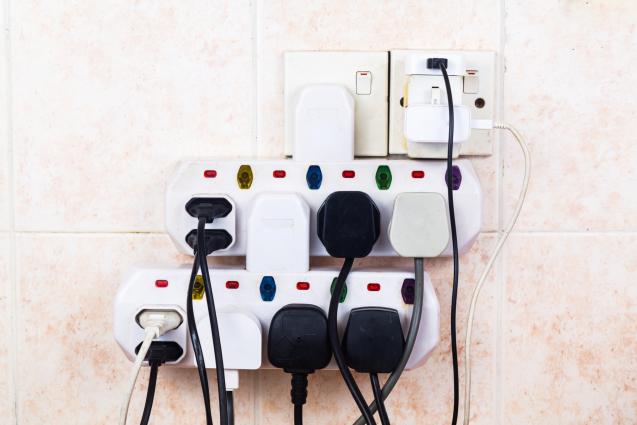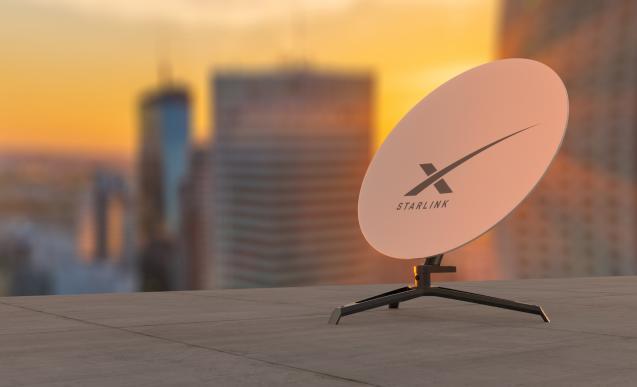
Skip the Station: A Comprehensive Guide on Installing Your Home EV Charger
Understanding Electric Vehicles and Home Charging Systems
Electric vehicles have their roots in the global effort to reduce the carbon footprint. They contribute significantly towards achieving this environmental goal by limiting the carbon emissions associated with conventional vehicles. Home EV charging systems are the perfect partners for electric vehicles facilitating a seamless shift from fuel-dependent cars by eliminating dependence on widely dispersed public charging infrastructures.
In contrast to public charging stations, home EV charging systems provide personalized solutions. These home solutions offer an added sense of reassurance, knowing your vehicle can always be charged and ready for use. Consequently, investing in an effective home EV charger significantly heightens the electric vehicle experience.
Types of EV Home Chargers: Selecting the Right Fit
Understanding the distinguishing types of EV home chargers available is critical to making the right selection. The current market offers three main types: Level 1, Level 2, and DC Fast Charging stations. Each brings distinct advantages and disadvantages, requiring consideration tailored to individual needs.
When choosing a charger, one's EV model and daily driving range must be taken into account. For instance, a Level 1 charging station might suffice for individuals with a short daily commute. Conversely, for those with high daily mileage, Level 2 or DC Fast Charging stations would be more suitable. Overall, however, Level 2 chargers are generally recommended for home installations. They strike a balance between charging speed and cost, making them the most commonly used charger in professional home EV charging solutions.
Understanding the Installation Process of Home EV Chargers
The process for installation encompasses several stages, starting from site analysis to the final testing phase. A thorough understanding of this process and the home’s electrical system is vital to ensure safety. It also involves understanding the necessary tools and equipment required for installation, such as circuit testers, wire strippers, a drill, and more.
Though some phases of the process might seem simple, the engagement of a certified electrician cannot be overstated. These professionals are experienced in managing electrical systems, mitigating potential hazards, and ensuring the EV charging system's optimal function after installation.
Costs Involved in Home EV Charger Installation
The costs associated with home charging stations vary considerably, primarily dependent on their charging speed and their technical sophistication levels. Additionally, installation charges can rise due to necessary upgrades to the existing electrical system or acquiring relevant permits.
While the initial investment might seem high, in the long run, home charging costs are considerably lower than using public charging stations. To further add to the financial ease of adoption, many governments offer incentives/rebates to offset these installation costs, promoting more widespread use of such technology.
Maintenance and Safety Tips for your Home EV Charger
Even after successful installation, thinking ahead to regular maintenance of your home EV charger is crucial. Simple routines to clean and inspect parts of your charger increase the longevity of your charging system and assure safe usage. However, for any technical difficulties encountered or advanced maintenance required, it is always recommended to seek professional help.
Conclusion: Leverage the Convenience of a Home EV Charging System
The increasing popularity of electric vehicles and their counterpart home charging systems are an undeniable part of our sustainable future. Heightening our convenience by reducing reliance on public charging stations, they crucially pave the way for a smoother transition to a cleaner, more eco-friendly future. Taking the leap to install a home EV charger brings us a step closer to embracing this sustainable shift, thus significantly enhancing our experience with electric vehicles. Embracing this change now will illuminate our path towards a sustainable tomorrow, with the future of electric vehicles looking incredibly bright. The power to change lies significantly in our hands – and in our homes.



